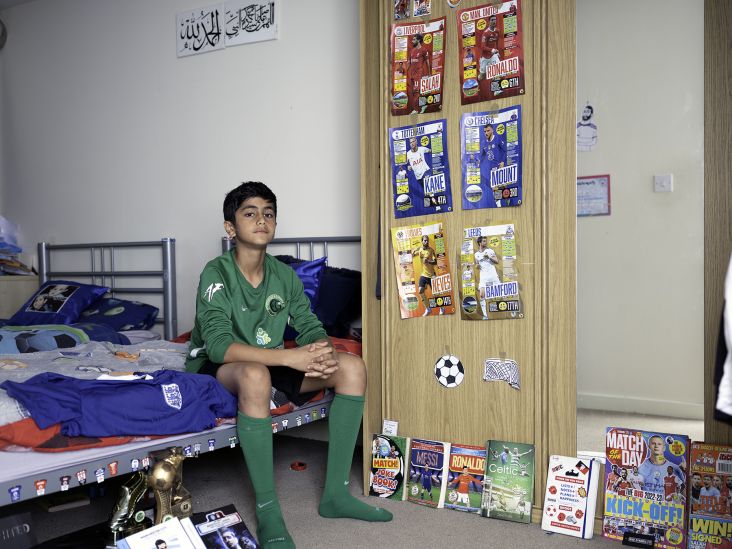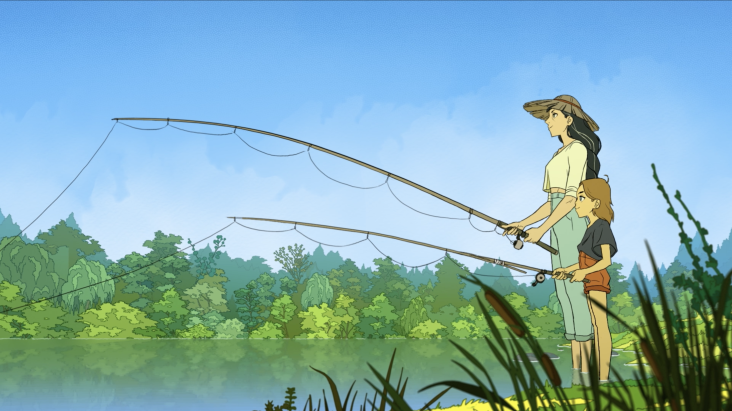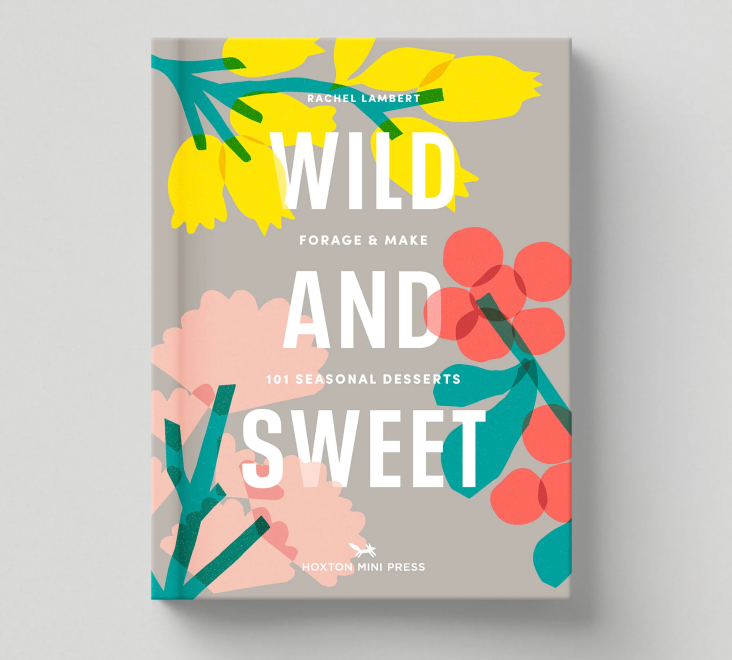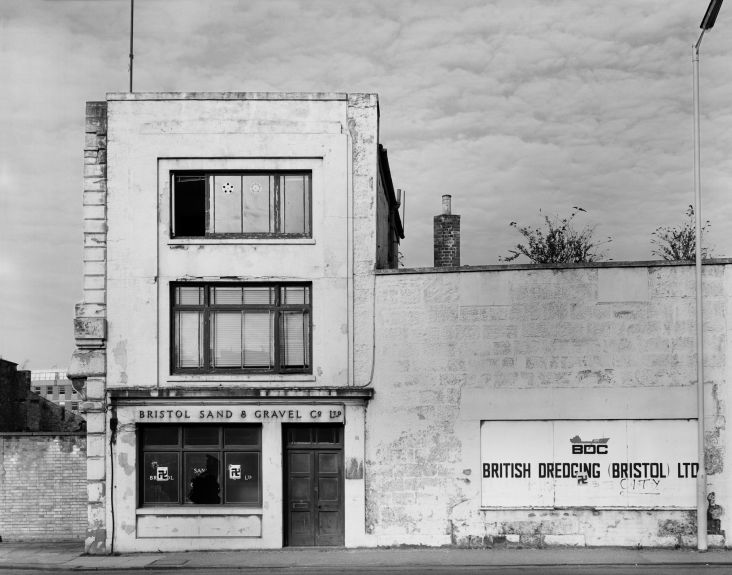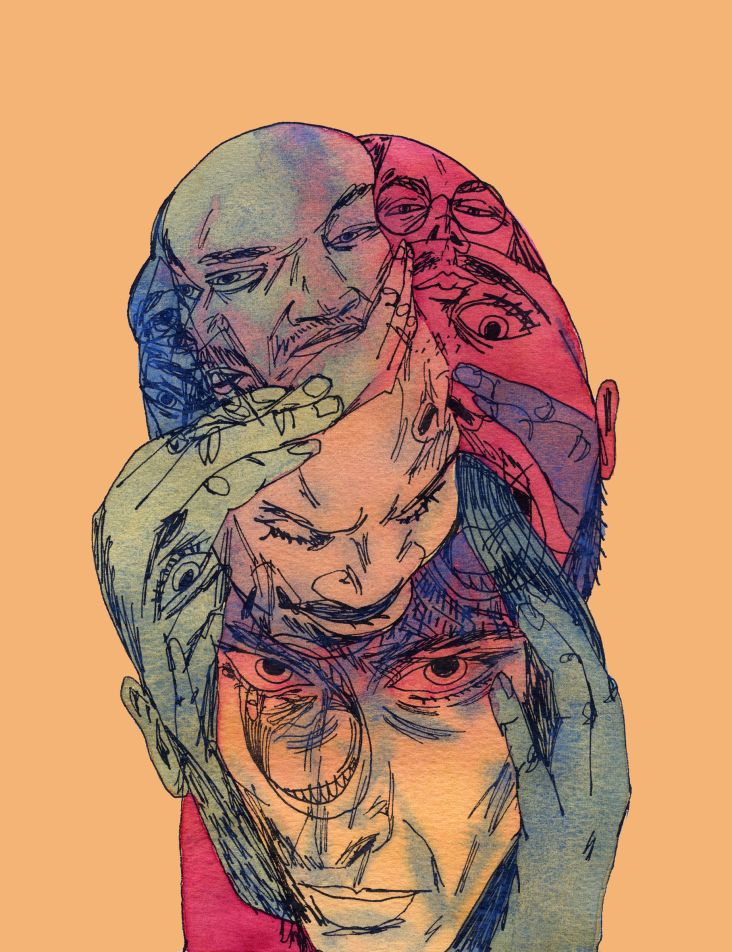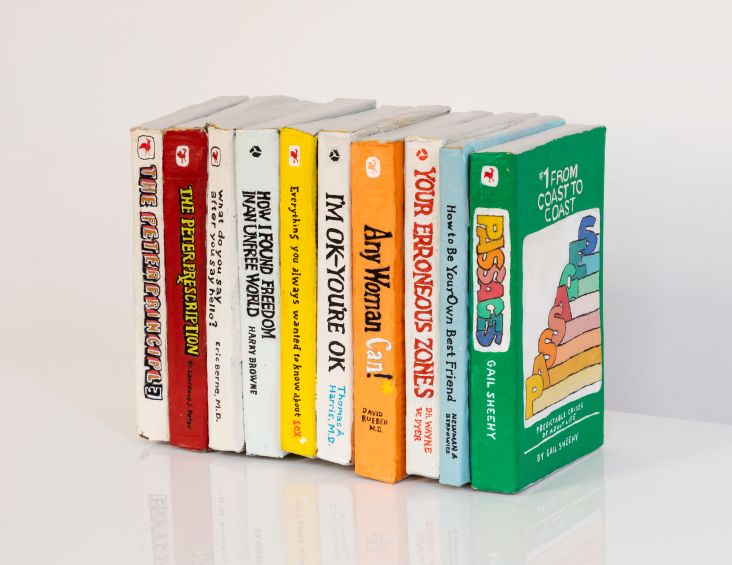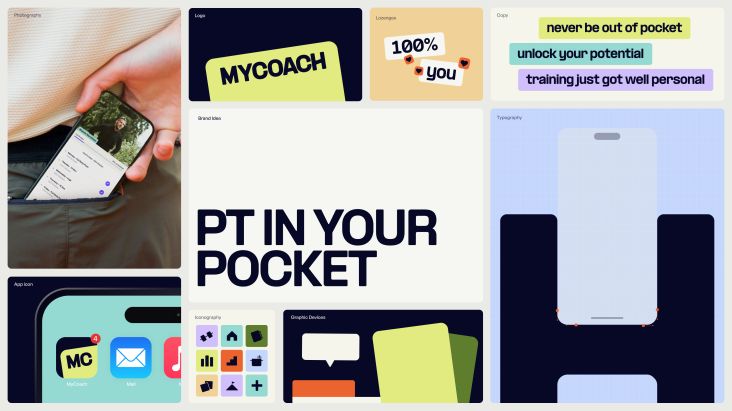'I like communicating complex ideas in simple ways': Illustrator Liam Eisenberg on honing his style, staying original and finding inspiration
The work of New Jersey-based illustrator and teacher Liam Eisenberg has graced the pages of some of the biggest magazines and websites in the business. We caught up with him to learn more about his work and hear how he honed his signature style.
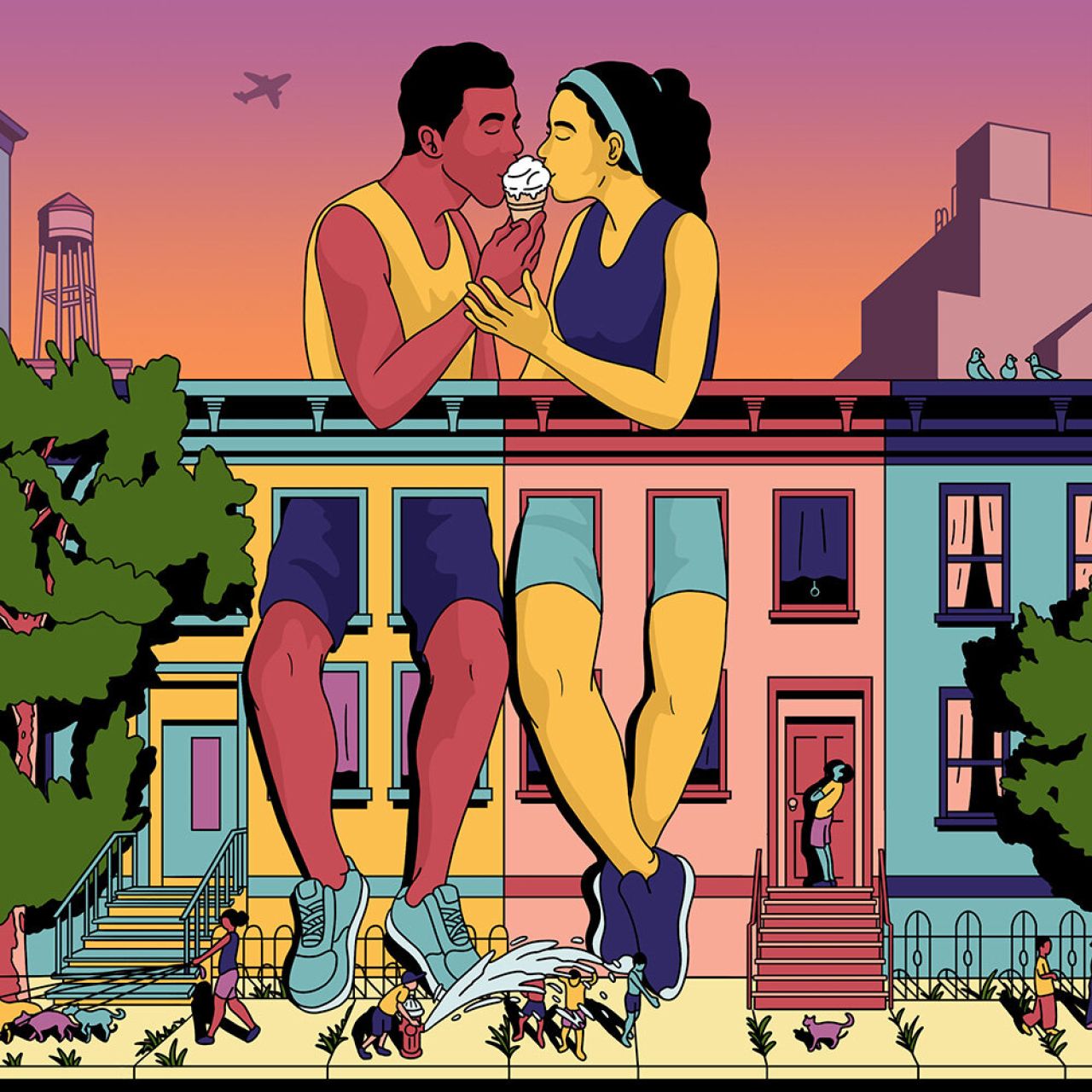
© Liam Eisenberg
For many kids, the idea of growing up with a few basic TV channels, let alone no internet, would be a nightmare. Not Liam Eisenberg, though. As a youngster, he was grateful to go without luxuries such as video game consoles and would instead spend his time reading, playing outside, or drawing. And it was this last activity he would spend endless time pursuing.
"My parents still have many of these childhood drawings, and it's interesting to see how the subject matter changed based on my interests over time," Liam tells Creative Boom. These interests include Pokemon, Dragon Ball, tanks and soldiers, and The Simpsons, to name a few. Eventually, Liam would focus on sports stars he admired, and then as a teenager, this desire to draw faded away.
It wasn't until a friend sent him a link to download Photoshop years later that his passion was rekindled. "The same way I spent my free time endlessly drawing as a kid, now I was spending my free time intricately manipulating photos in Photoshop and watching YouTube tutorials."
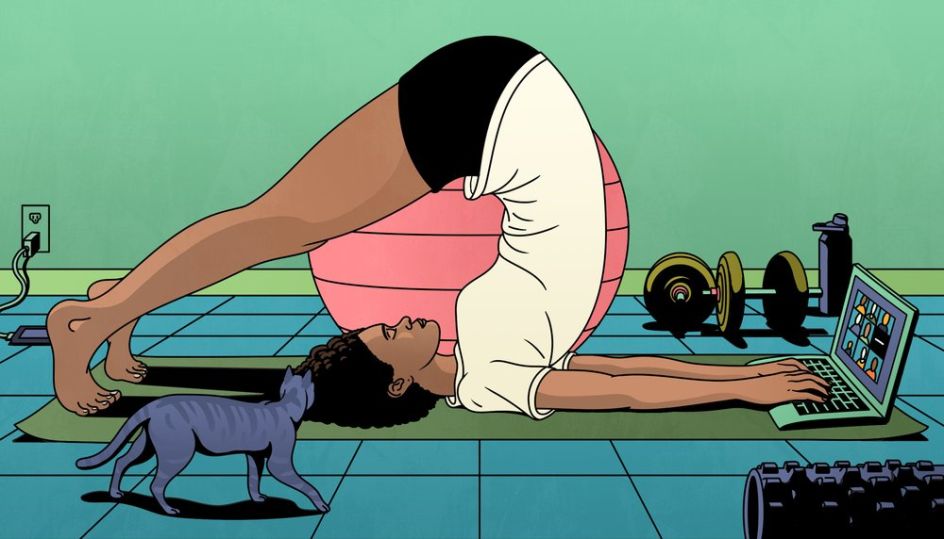
© Liam Eisenberg

© Liam Eisenberg
Like many students, Liam found the prospect of college intimidating. "I didn't really know what I was doing there or what I planned on doing with my life," he reveals. "I feel like I had a midlife crisis at 18 years old." After reflecting on what he enjoyed doing before being forced, he realised that drawing was his one true goal.
"I started drawing again every day in my free time and even took a Drawing 1 class as an elective my freshman year," he adds. "At the beginning of the semester, I was undoubtedly the worst student in the class. Despite not being an art major, this motivated me to put hours into each assignment until I worked my way up to being the best student in the class."
When the time came to submit a portfolio and get accepted into an art program, Liam faced a dilemma. Should he focus on fine art, graphic design, photography or illustration? "I didn't really know what illustration was beyond seeing the words 'illustrated by:' on the covers of children's books. I actually applied to the graphic design program and got denied. So I submitted a portfolio of my assignments from that Drawing 1 class to the illustration program and got accepted. Looking back on it now, I'm glad it went that way."
Judging by how Liam's career has played out, it definitely seems like he chose the right path. Not that graphic design wouldn't come to influence his style, though. During his studies, a lecture delivered by Milton Glaser would leave a huge impact on Liam. "I remember him showing us how he would refer back to art history and use it to inform his contemporary work," he explains.
"It made me realise the importance of having a mental library of art history to develop fresh ideas in your work. I approach my work the same way today. He said that referencing art history is a product of modernism, and I love to do that."
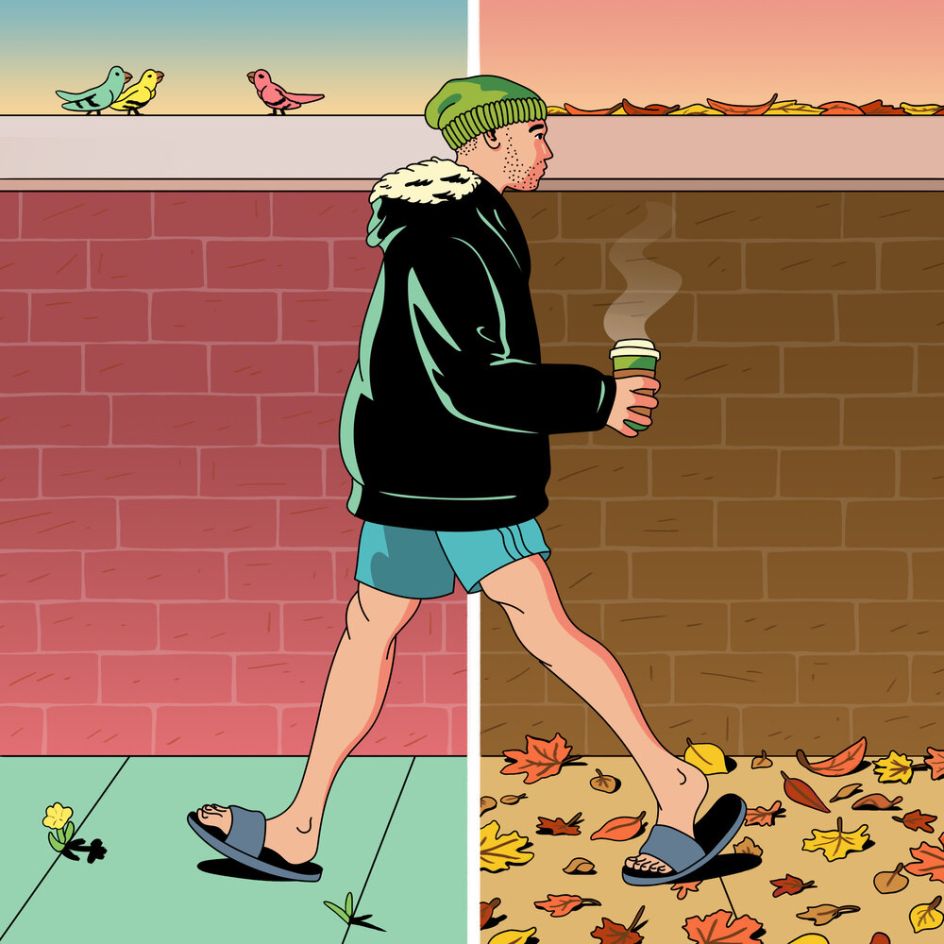
© Liam Eisenberg
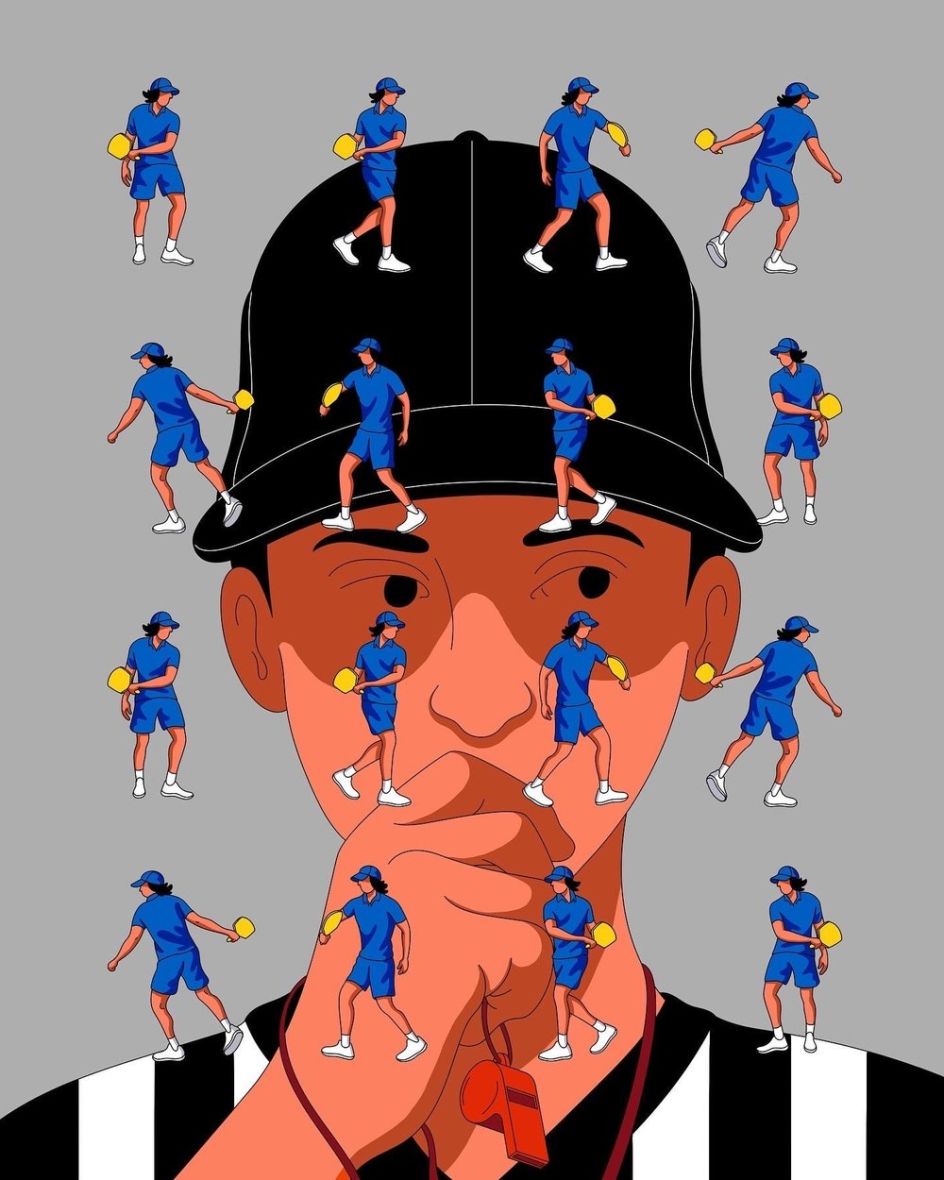
© Liam Eisenberg
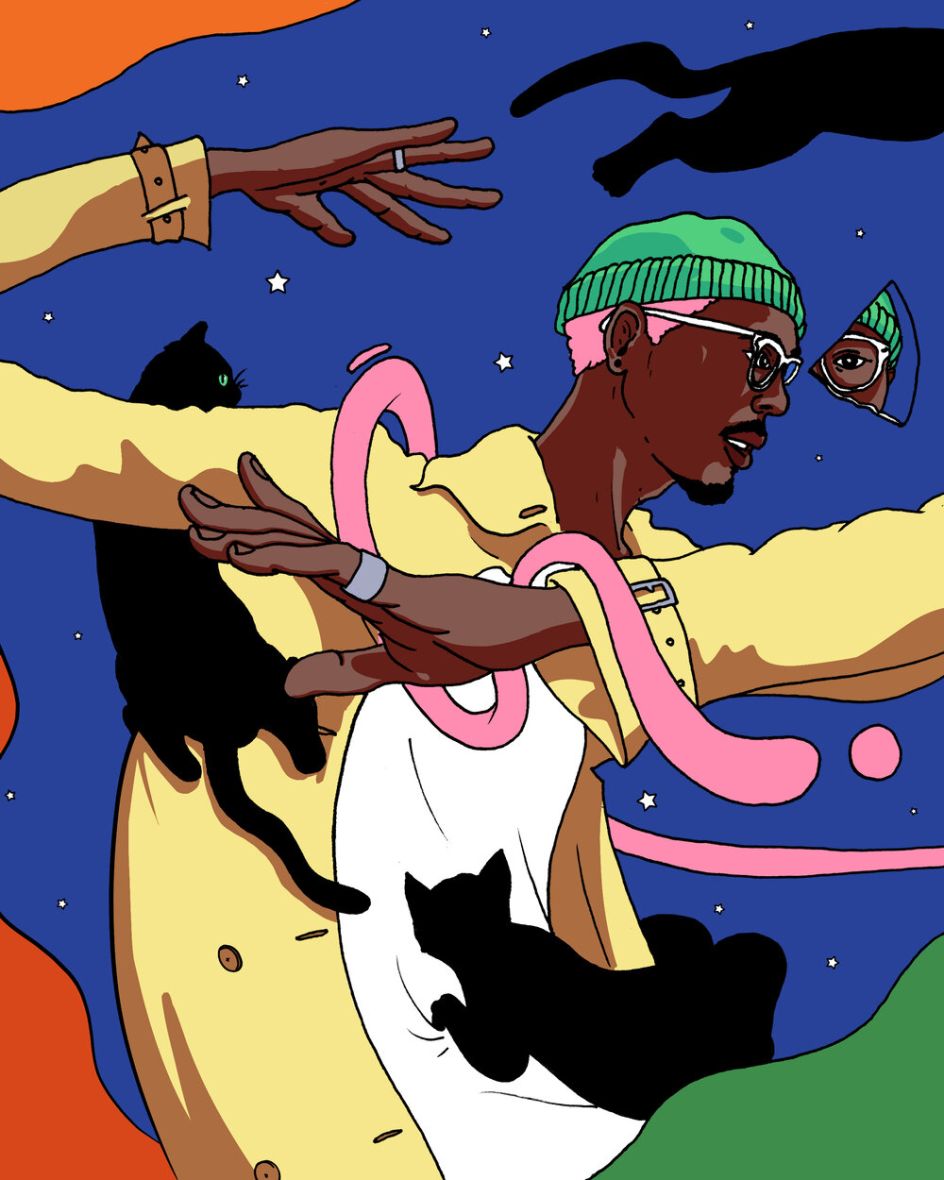
© Liam Eisenberg
As for where Liam's distinctive use of bold outlines and graphic colours, he explains that these are not an affectation but instead the natural way he draws. Not that he didn't experiment during his artistic journey, though. "Growing up, I used lots of pencils, markers, and coloured pencils," he says. "While in college, I tried just about everything you can think of. Oil paint, watercolour, ink, etching, woodblock printing, just to end up right back where I started: outlines and solid colours.
"I think it's natural to have that 'the grass is greener on the other side' mentality when starting out. I would look at other people's work, mimic their processes, and feel like my work was inferior. Eventually, I concluded that I like having clarity in my work. I like communicating complex ideas in simple ways, and I can achieve that consistently through outlines and solid colours."
This consistent approach that produces excellent results has seen Liam work for the likes of the Washington Post, The New Yorker and NBC. When working on magazine commissions, Liam says the answers are always all in the article, so he commits to reading them thoroughly. "I might read a line or a phrase that reminds me of something seemingly unrelated but ends up making a good visual metaphor," he adds.
"I start with really quick, rough thumbnail sketches. It begins slowly, but the more I sketch, the deeper I think. One idea leads to another; the next thing I know, I have a page full of ideas. It's better to come up with more than enough ideas and explore all the options. I end up combining ideas from a bunch of different sketches. The process of coming up with over ten different sketches for one image can be daunting at first, but at this point, I'm used to it."
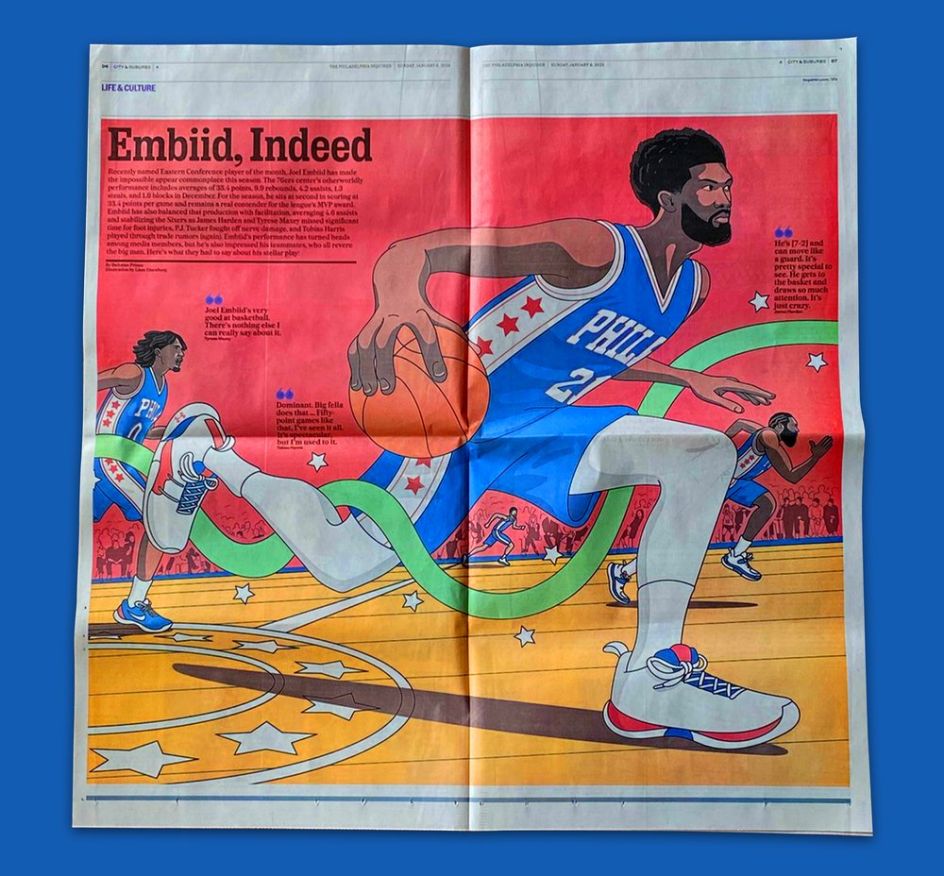
© Liam Eisenberg
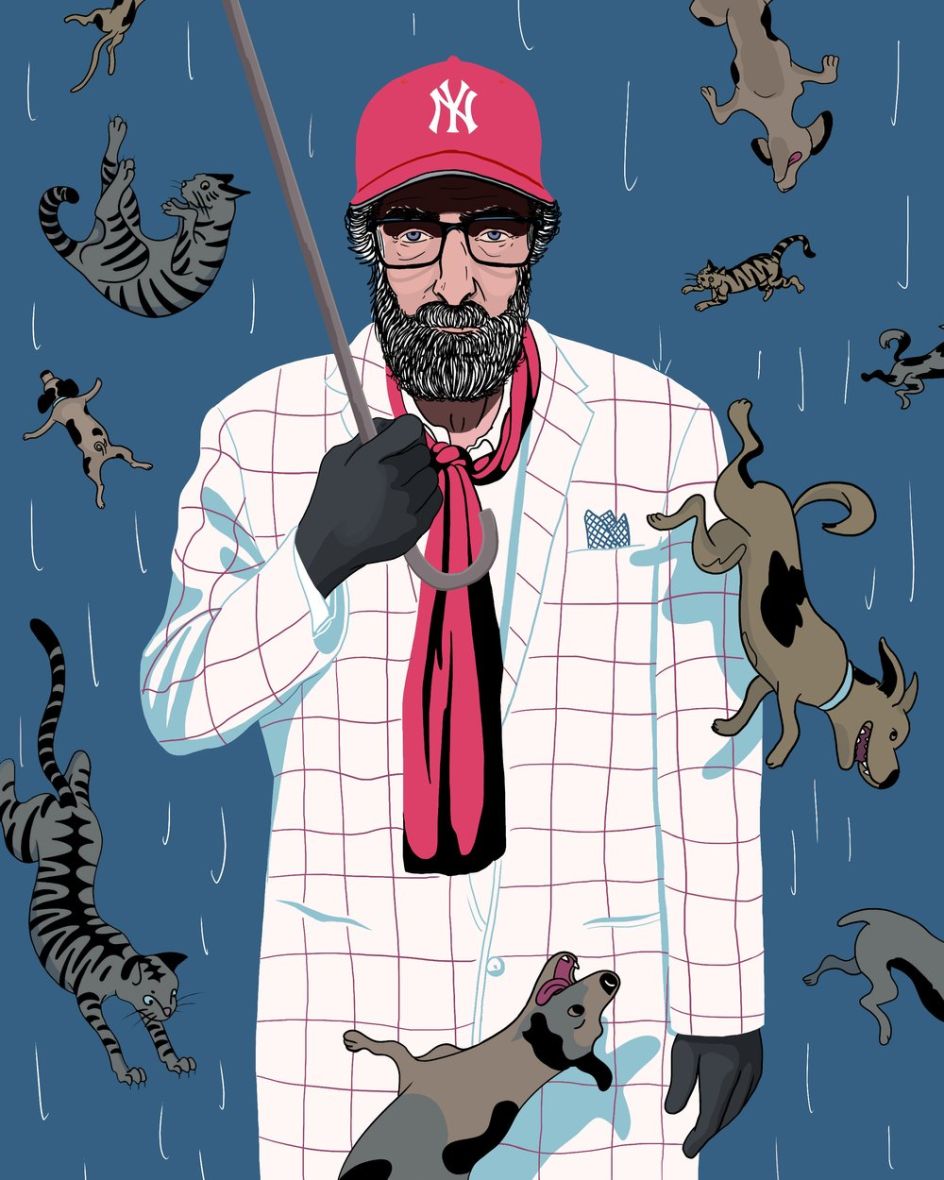
© Liam Eisenberg
And while coming up with ideas can be daunting, the flip side is that Liam makes his own schedule. It's undeniably his favourite part about being an illustrator. "I like to wake up really early. Plenty of days, I'm awake at 4:30am. There's something so peaceful about working early in the morning when the rest of the world is asleep. It feels like getting a head start on the day. I could never do that with any other job I've had.
"When I'm feeling burned out, I like to exercise, so taking a break from my work in the middle of the day to go to the gym and clear my head is something I don't take for granted."
As a magazine illustrator, Liam is called upon to bring to life hot-button topics such as quiet quitting, 30 under 30 lists and even the recent heatwaves. And with so many outlets covering these subjects simultaneously, it's up to him to find original angles on these stories. But how does he do it? "I think anyone can learn how to draw or paint," he says. "But not everyone can come up with good ideas. I'd like to think that's my superpower.
"I always try to come up with ideas that only I could come up with. You would have to live my life and see things through my lens to develop these ideas. It's not something I was always good at, but the more you practice thinking deeply as an artist, it's like a muscle that gets stronger. I love a good concept just as much as I love a good drawing."
Working under the mantra that "the only way to get better at drawing is to draw", Liam started out by taking on any work that was going. These included commissions that offered little to no money but enabled him to gain valuable experience.
"I'm very fortunate to be selective of who I work with today," he adds. "Tight deadlines are a huge part of being a freelance illustrator. My only red flag would be an unrealistic tight deadline for a massive project. In the end, the quality of the artwork suffers. It can leave you with something you're not proud of and spent way too many all-nighters on."
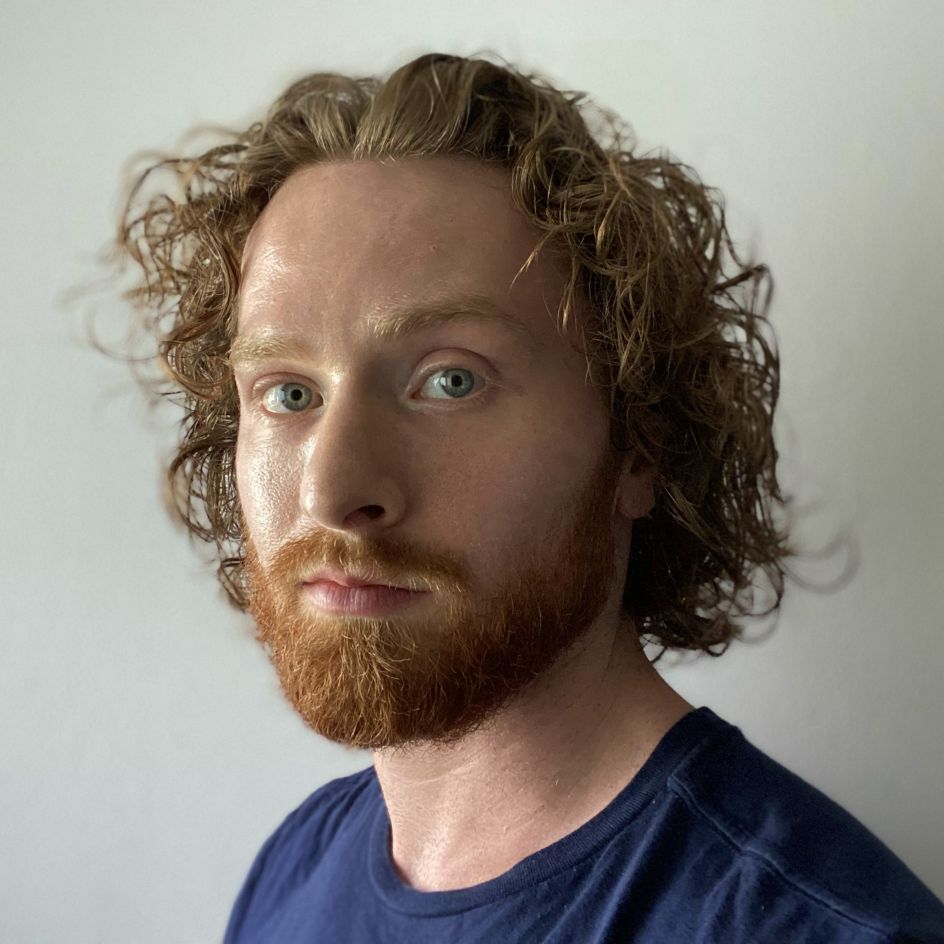
Liam Eisenberg
Liam teaches his craft at St. John's University in Queens, New York, when he's not working as an illustrator. And rather than being an illustration overload, it sounds like this is a good way for Liam to escape feeling swamped by his work. "Teaching is a nice way to get out and share your knowledge and experience with students who are eager to learn. It's nice to talk extensively about illustration, watch their work progress, and act as a mentor, as my professors did for me."
And as for the all-important artistic task of finding inspiration for his next masterpiece, Liam reveals that his favourite places to look for ideas are still art museums. "Whenever I travel somewhere in the US or outside of the States, I always make time to go to an art museum," he says. "I take many photos of paintings, sculptures, etc. and refer back to them for years to come.
"I have an endless folder on my phone of photos taken at art museums over the years. The MOMA, the Met, the Whitney, the Tate, The Louvre, SFMoma, The Museum of Fine Arts of Havana, Perez Art Museum Miami, Portland Art Museum, and Boston Museum of Fine Arts, to name a few. I look at Instagram and follow many artists, but I get the most benefit from visiting museums."




 by Tüpokompanii](https://www.creativeboom.com/upload/articles/58/58684538770fb5b428dc1882f7a732f153500153_732.jpg)

 using <a href="https://www.ohnotype.co/fonts/obviously" target="_blank">Obviously</a> by Oh No Type Co., Art Director, Brand & Creative—Spotify](https://www.creativeboom.com/upload/articles/6e/6ed31eddc26fa563f213fc76d6993dab9231ffe4_732.jpg)


](https://www.creativeboom.com/upload/articles/21/212b36fa1d576a9ea1aeb322ef0cffd6a5009e61_732.png)






